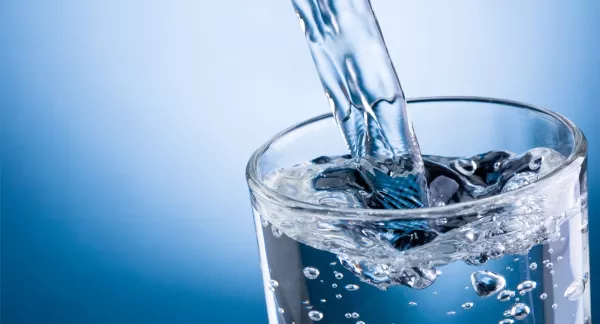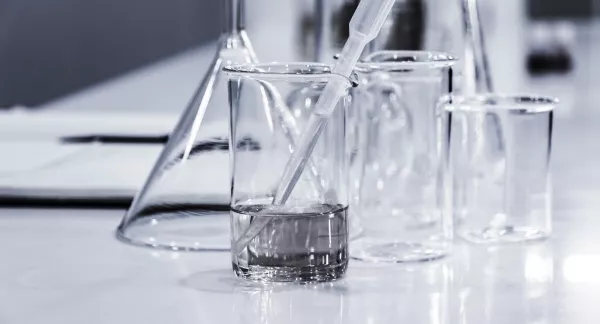Estimation of Mercury Bioaccumulation Potential from Wastewater Treatment Plants in Receiving Waters: Phase 1
Abstract
Regulators around the country are establishing total maximum daily load limits for mercury. Point sources constitute a small fraction of the mercury load to a waterbody; in most cases, nonpoint sources make up the majority of the load. But quantity may be less important than the relative bioavailability of mercury coming from various sources. This research examined whether mercury discharged from a wastewater treatment plant (WWTP) is more or less bioavailable than mercury in precipitation, mercury in urban stormwater, or mercury in sediments. The researchers determined that, compared to non-point sources of mercury, bioavailable mercury in WWTP effluent (typically lower than 30%) is as low or lower than bioavailable mercury from other common sources; therefore, there should be no special concern for bioavailability of WWTP effluent compared to other sources. Published by WERF. 232 pages. Soft cover report and online PDF. (2009)
Originally funded as WERF project 05-WEM-1CO.


